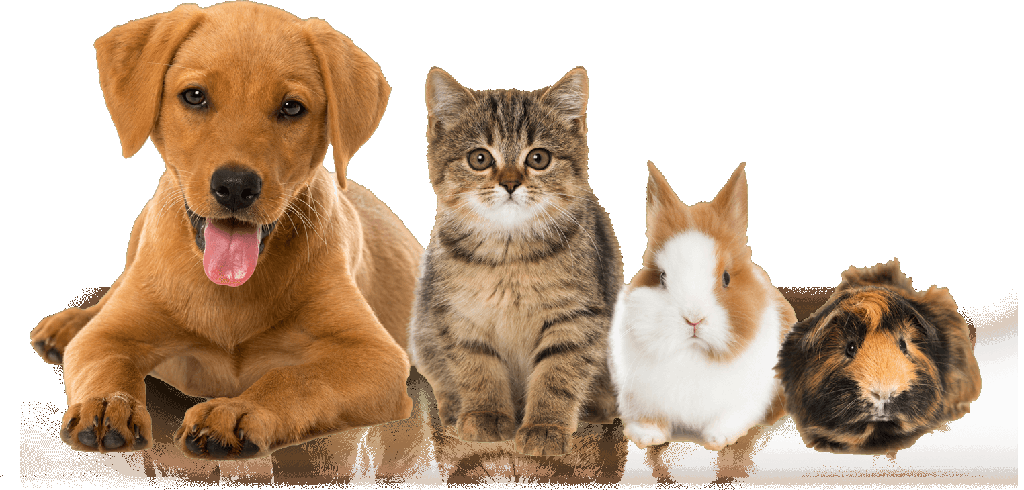Cats are playful, loyal, and fiercely independent pets, which often means they require less maintenance and makes them great life-long companions. Caring for your feline friends can be rewarding, but it can also be challenging, especially when it comes to keeping them mentally and physically engaged.
Dr. Lori Teller, a clinical professor at the Texas A&M School of Veterinary Medicine and Biomedical Sciences, offers some tips for keeping cats stimulated and energized.
The Importance of Enrichment
Providing enrichment for your cat not only improves their quality of life but also provides a way for them to act on their natural instincts of running, hunting, climbing and playing.
“Cats need to be mentally and physically engaged for the same reason that we all do — it is what allows them to live happier and healthier lives,” Teller said. “Physical activity also helps to keep your cat at a healthy weight.”
Aside from the health benefits, enrichment helps cats to be better household companions.
“By keeping cats engaged, they are less likely to become stressed or bored. Cats that are stressed or bored may exhibit inappropriate behaviors, such as not using the litter box or scratching on furniture.”
‘Feeline’ Fine
Feline enrichment comes in many forms, with a variety of cat toys your cat can enjoy on its own as well as activities you can do with your cat.
“Some cats enjoy laser pointers, fishing rod-type toys with feathers or ribbons hanging from them, and small balls such as ping-pong balls,” Teller said. “Chasing these things helps cats get some exercise and practice their predation skills.”
If your cat is food motivated, toys with treats are a good option for entertainment.
“Consider using balls or puzzle toys that dispense a cat’s food or some treats when the cat plays with it,” Teller said. “Some cats will truly feel like they ‘hunted’ and caught their dinner. Lots of cats enjoy catnip, and if your cat is one of those, get some catnip-filled toys.”
Providing enrichment can be as simple as saving household items for your cat to play with.
“Many cats love cardboard boxes and paper grocery bags,” Teller said. “You can leave those in strategic places for your cat to discover.”
If toys are not an ideal option, Teller recommends owners provide other forms of enrichment in the cat’s environment, such as placing scratching posts around the house so that the cat can appropriately exercise this normal behavior.
“Most cats also enjoy the opportunity to perch at higher levels,” Teller said. “Creating vertical climbing surfaces where a cat can observe its environment from different levels can be very enjoyable for them.
“Owners can have some perches where cats can see the outside environment and others where they can view household activity,” Teller said.
Creating A Safe Environment
While toys can be a fun way to keep your cat engaged, it is important to provide enrichment in a safe manner.
“Only use string or ribbon-based toys under supervision and put them away when not in use,” Teller said. “These can be dangerous if your cat swallows them.”
Owners also should be cautious when using laser pointers for their cat to chase.
“While laser pointers are lots of fun for both the owner and their cat, don’t let your cat stare directly at the light source, as this can damage their eyes,” Teller said.
Additionally, make sure your cat does not get too many treats from a food-filled puzzle toy, as this can lead to excessive weight gain.
“Overweight and obese cats are at a much higher risk for diabetes mellitus, which is more commonly known simply as diabetes,” Teller said.
Finally, Teller also notes that it is important to watch older cats that have arthritis, as they may change their preferences for where they perch if some locations are more challenging or painful to reach.
Providing enrichment for your feline friend can be challenging, but mentally and physically stimulating your cat can lead them to live longer and happier lives. By offering ways for your cat to feel enriched, you can allow your furry companion to act on natural instincts and express normal feline behavior.
Pet Talk is a service of the School of Veterinary Medicine & Biomedical Sciences, Texas A&M University. Stories can be viewed on the web at vetmed.tamu.edu/news/pet-talk.





